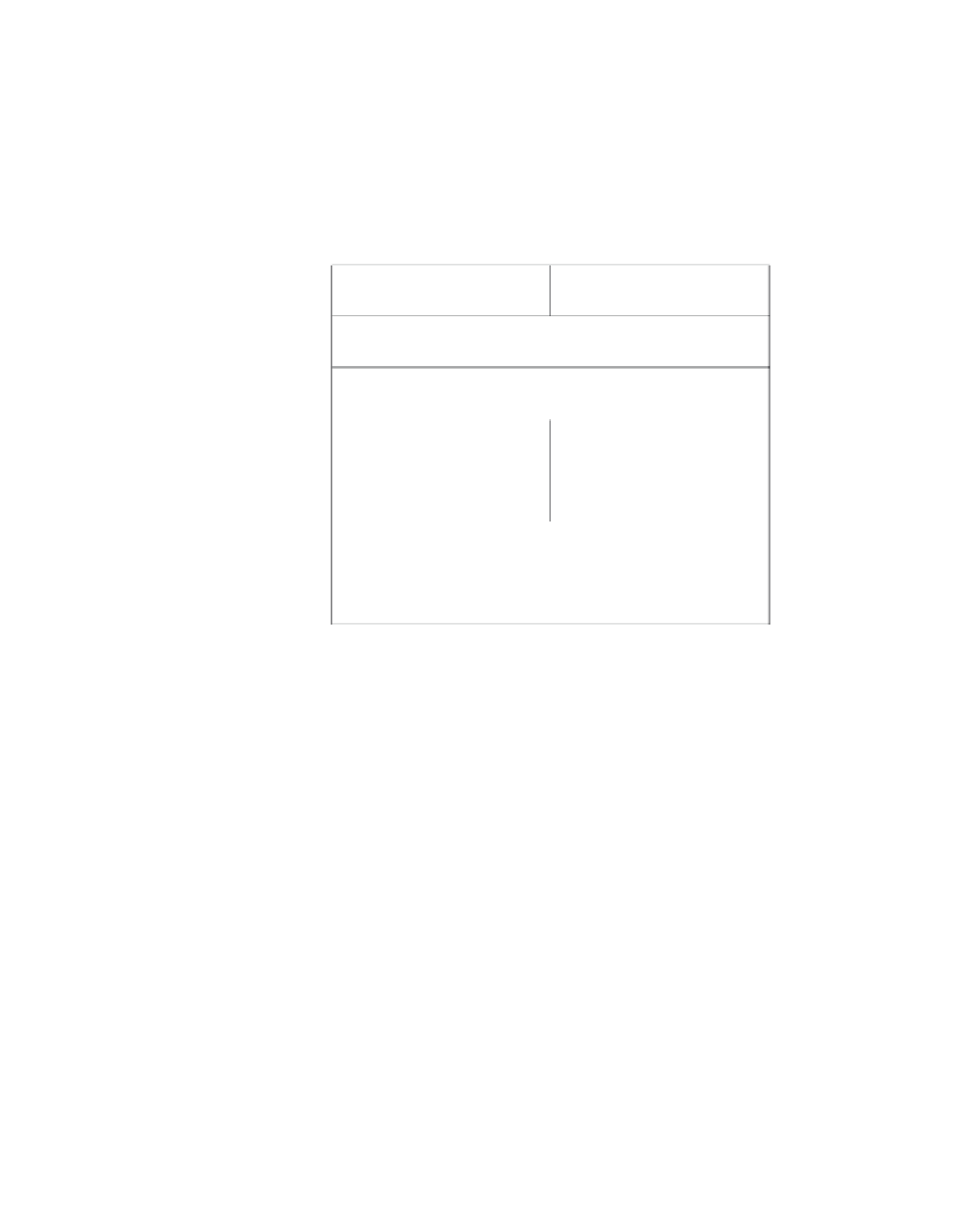Information Technology Reference
In-Depth Information
TCP
TCP provides full-duplex, acknowledged, and flow-controlled service to upper-layer protocols. It moves
data in a continuous, unstructured byte stream in which bytes are identified by sequence numbers. TCP
can support numerous simultaneous upper-layer conversations. The TCP packet format is shown in
Figure 7-6.
Figure7-6
The TCP Packet Format
Source port
Destination port
Sequence number
Acknowledgment number
Data offset Reserved
Flags
Window
Checksum
Urgent pointer
Options (+ padding)
Data (variable)
The fields of the TCP packet are described here:
•
Source port and destination port
—Identify the points (sockets) at which upper-layer source and
destination processes receive TCP services.
•
Sequence number
—Usually specifies the number assigned to the first byte of data in the current
message. Under certain circumstances, it can also be used to identify an initial sequence number to
be used in the upcoming transmission.
•
Acknowledgment number
—Contains the sequence number of the next byte of data that the sender
of the packet expects to receive.
•
Data offset
—Indicates the number of 32-bit words in the TCP header.
•
Reserved
—Is reserved for future use.
•
Flags
—Carries a variety of control information.
•
Window
—Specifies the size of the sender's receive window (buffer space available for incoming
data).
•
Checksum
—Provides information used to determine whether the header was damaged in transit.
•
Urgent pointer
—Points to the first urgent data byte in the packet.
•
Options
—Specifies various TCP options.
•
Data
—Contains upper-layer information.












